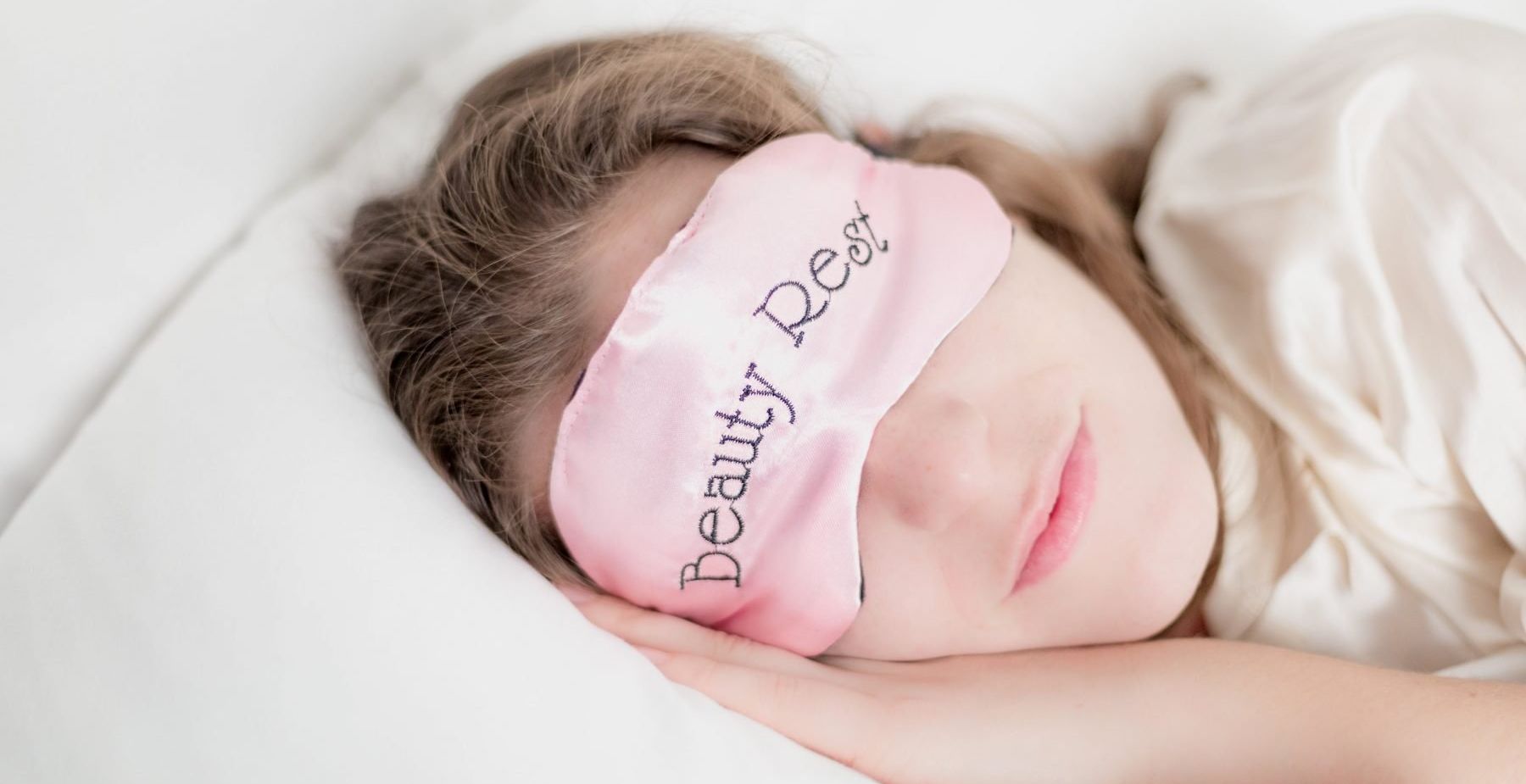The Silent Connection: How Sleep Patterns Affect Your Vision

Read time: 3 minutes
Do you often find yourself squinting at street signs or struggling to focus on your computer screen? It may not be just a sign of a tiring day. Your vision and sleep patterns are more interconnected than you might think.
When you are tired, where is it most noticeable? In your eyes! Telltale signs like dark circles, puffy eyelids, or red eyes can indicate you had a late night. But the effect of sleep deprivation on your vision can be more than cosmetic. When your eyes and body go without rest, it opens the door to serious health issues. In the eyes, this can mean glaucoma, a condition where pressure buildup in the eyes leads to vision loss.
Let's delve into the fascinating world of how sleep patterns can affect your vision.
The Sleep-Vision Connection
It's no secret that sleep is essential for overall health and well-being. But the profound impact of sleep on your vision is often overlooked. The human body operates on a finely tuned circadian rhythm, a 24-hour internal clock that regulates various biological functions, including sleep-wake cycles.
Eye Lubrication
While you sleep, your eyes are at rest, and they produce fewer tears. Adequate sleep allows your eyes to naturally lubricate, reducing the risk of dry eye syndrome. Chronic sleep deprivation can lead to irritated and dry eyes.
Maintaining the Retina
The retina, located at the back of your eye, plays a crucial role in vision. During deep sleep, the retina gets a chance to rejuvenate. This helps in maintaining the integrity of retinal cells, contributing to sharper and clearer vision.
Eye Pressure and Glaucoma
Sleep patterns can influence intraocular pressure. A healthy sleep cycle ensures that eye pressure remains stable. Disturbances in sleep patterns can lead to fluctuations in eye pressure, potentially increasing the risk of glaucoma.
Concentration and Eye Strain
When you're well-rested, your ability to concentrate and focus on visual tasks improves. Inadequate sleep can lead to eye strain, making it difficult to read, drive, or work on a computer for extended periods.
The Blue Light Factor
In today's digital age, screens have become an integral part of our lives. Prolonged exposure to screens, especially before bedtime, can disrupt sleep patterns. This is due to the blue light emitted by screens, which interferes with the production of melatonin, the hormone responsible for regulating sleep.
The consequences of blue light exposure are not limited to your sleep quality. Prolonged screen time can cause digital eye strain, characterized by symptoms like dry eyes, blurred vision, and headaches. To mitigate the effects of blue light, consider using blue light-blocking glasses or reducing screen time before bedtime.
How to Maintain Healthy Vision through Sleep
- Prioritize Quality Sleep: Aim for 7-9 hours of uninterrupted, quality sleep each night. Creating a conducive sleep environment, such as a dark, quiet room, can improve your sleep quality.
- Follow a Consistent Sleep Schedule: Going to bed and waking up at the same time every day helps regulate your circadian rhythm, supporting overall health, including eye health.
- Protect Your Eyes from Blue Light: Invest in blue light-blocking glasses or use software that reduces blue light emissions from screens. This can help prevent digital eye strain and promote better sleep.
- Stay Hydrated: Drinking enough water throughout the day can help combat dry eye syndrome and ensure your eyes remain adequately lubricated.
- Regular Eye Check-ups: Routine eye exams can catch vision problems early. If you're experiencing persistent eye issues, consult an eye care professional.
The Takeaway
The connection between sleep patterns and vision is undeniable. Quality sleep is essential not only for your physical and mental health but also for maintaining clear and sharp vision. By understanding and nurturing this relationship, you can take steps to protect your eyes and enjoy a lifetime of healthy vision. So, make sure to get those Z's for the sake of your peepers!
Share this blog post on social or with a friend:
The information provided in this article is intended for general knowledge and educational purposes only and should not be construed as medical advice. It is strongly recommended to consult with an eye care professional for personalized recommendations and guidance regarding your individual needs and eye health concerns.
All of Urban Optiks Optometry's blog posts and articles contain information carefully curated from openly sourced materials available in the public domain. We strive to ensure the accuracy and relevance of the information provided. For a comprehensive understanding of our practices and to read our full disclosure statement, please click here.


















